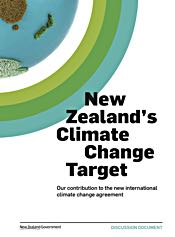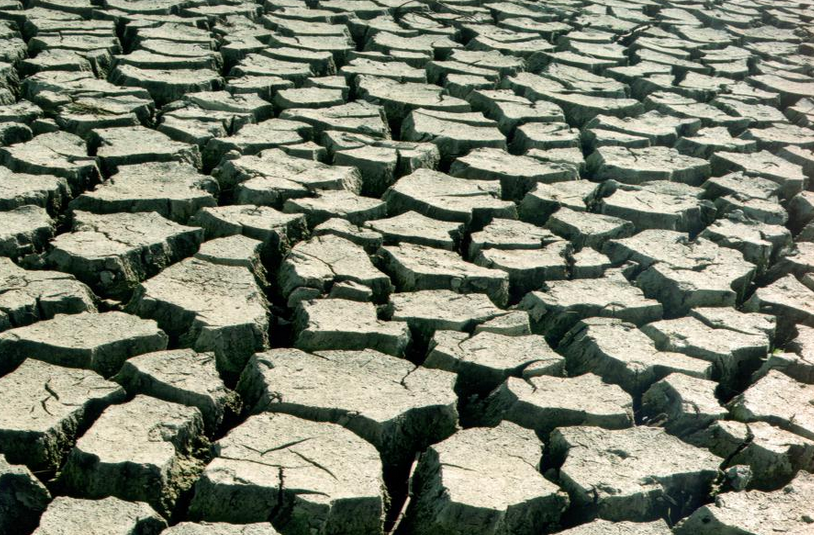 Submissions for the New Zealand government’s half-hearted consultation on post-2020 emissions targets closed last Wednesday. I managed to sneak my contribution in just before the 5pm deadline. It remains to be seen whether it will be read. I heartily recommend reading the Royal Society’s submission – a very clear statement of the issues and NZ’s responsibilities. The Generation Zero submission is also well worth a look (pdf here). More than 4,600 people used G0’s automated submission tool, which should ensure that the MfE is well aware that this is an issue people take seriously. In the meantime, here’s what I had to say…
Submissions for the New Zealand government’s half-hearted consultation on post-2020 emissions targets closed last Wednesday. I managed to sneak my contribution in just before the 5pm deadline. It remains to be seen whether it will be read. I heartily recommend reading the Royal Society’s submission – a very clear statement of the issues and NZ’s responsibilities. The Generation Zero submission is also well worth a look (pdf here). More than 4,600 people used G0’s automated submission tool, which should ensure that the MfE is well aware that this is an issue people take seriously. In the meantime, here’s what I had to say…
Context
New Zealand’s Climate Change Target: Our contribution to the new international climate change agreement, the discussion document produced by the Ministry for the Environment to accompany the consultation process, is in my view misleading and misguided. It presents a distorted and unhelpful view of the dimensions of the challenge NZ faces. In order to arrive at a pragmatic understanding of how NZ’s domestic policy settings on greenhouse gas emissions should be adjusted to best align with a solution to this huge global problem, it’s necessary to consider the scientific and geopolitical context. NZ’s policy solutions should flow from, and work with, our best understanding of the science that underpins the need for action to cut emissions and to stabilise and reduce atmospheric CO2 loading. NZ also needs to consider the direct climate and strategic risks it faces as a result of inevitable climate change and design policy that limits those risks and increases resilience to them.
Science
Evidence from studies of past climate conditions suggests that the last time atmospheric CO2 stood at 400 ppm — 3 million years ago, during the Pliocene — global sea levels were around 20 metres higher than today, and global average temperature was 2-3ºC above pre-industrial (the global average temperature of 200 years ago). As atmospheric CO2 continues to climb above 400 ppm, the only practical question is how long it will take the ice sheets of Greenland and the Antarctic to melt. It may take hundreds to thousands of years to see the full extent of the sea level rise implicit in current CO2 levels, but it’s worth noting that for every 1 ppm we add above 400 ppm, we add to the warming and the final amount of sea level rise. We have already committed future generations to a world with radically different shorelines. We are already heading for substantial warming and increasing damages from climate change.
Continue reading “NZ’s Paris emissions commitments should be 40% by 2030 and 100% (or more) by 2050”



